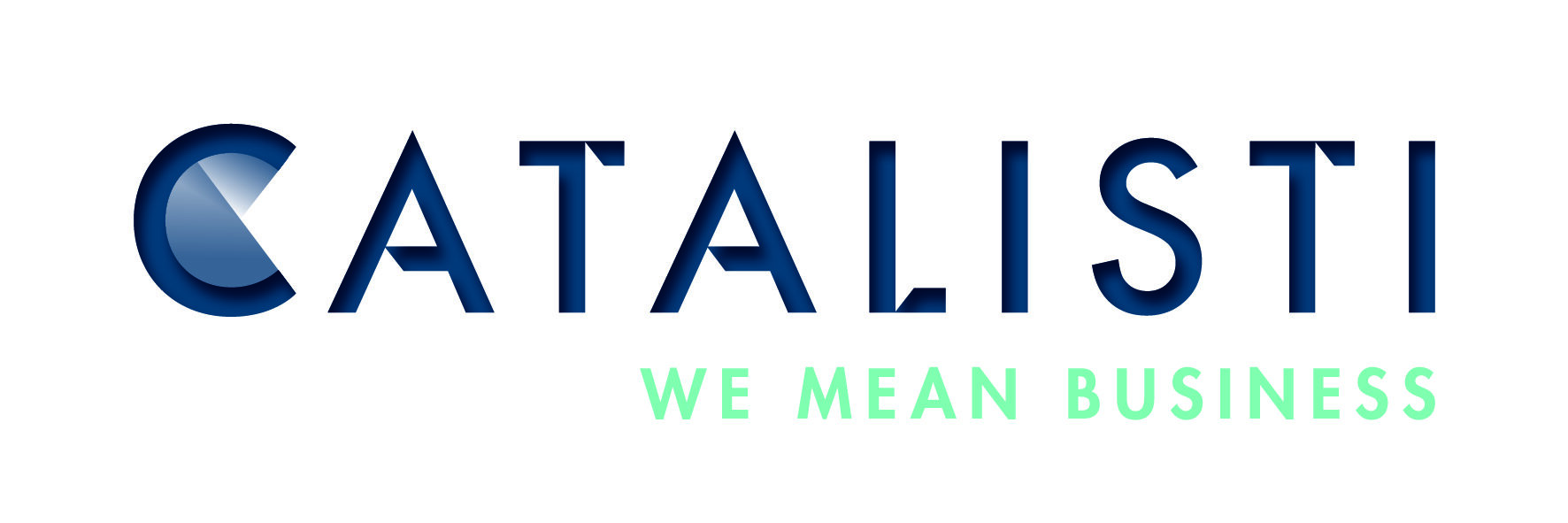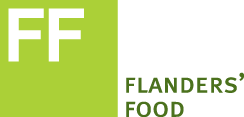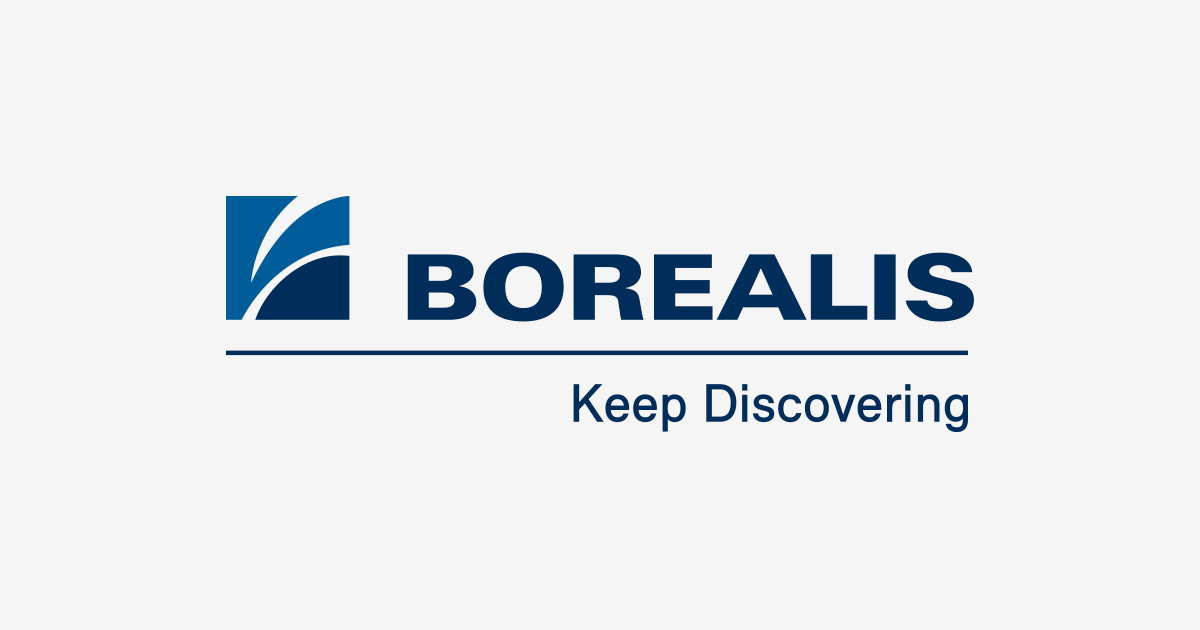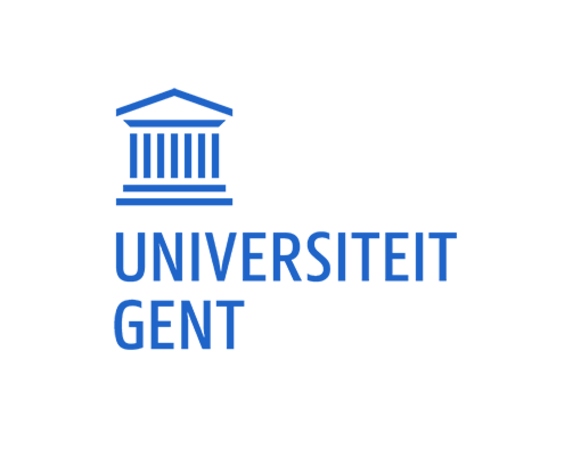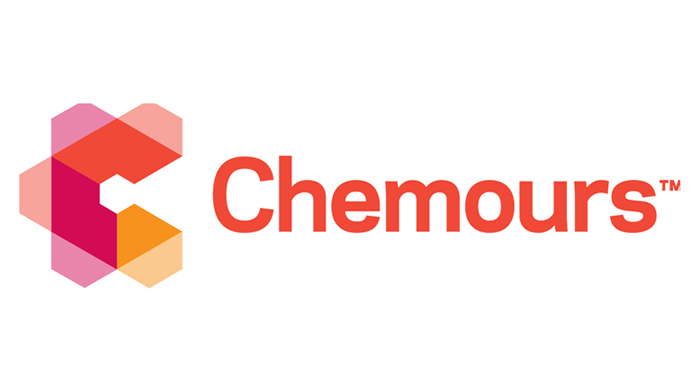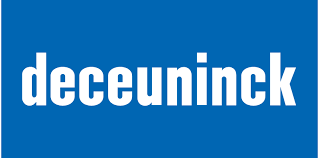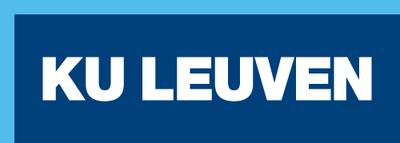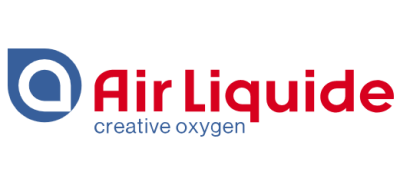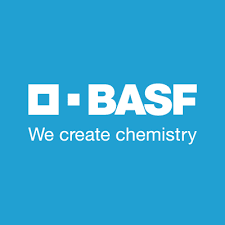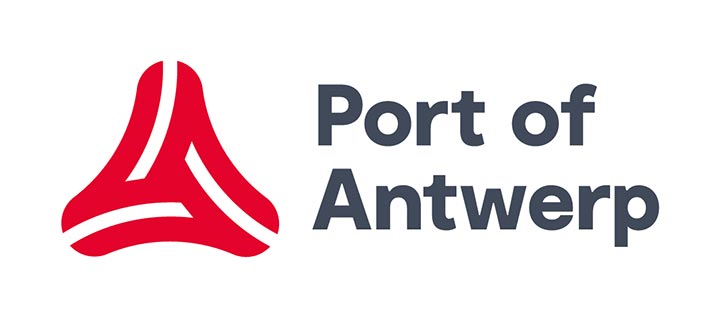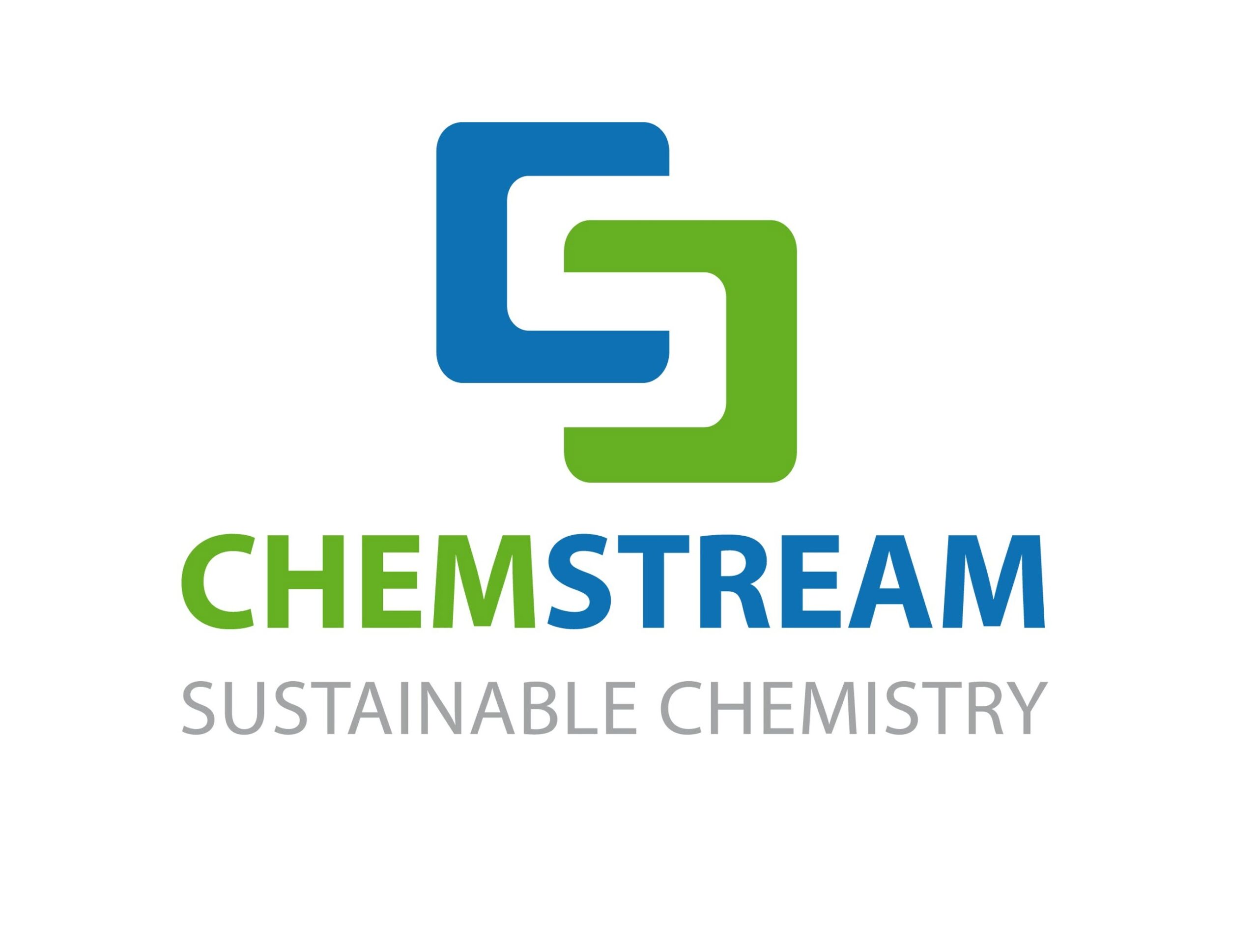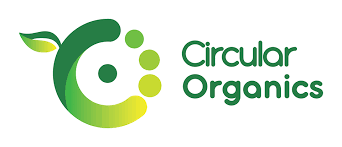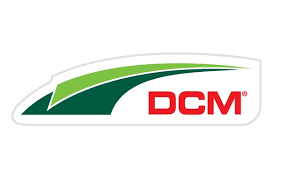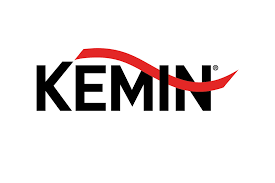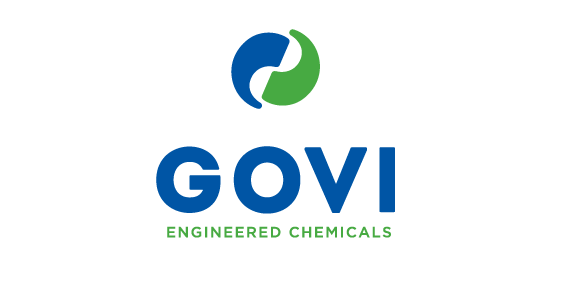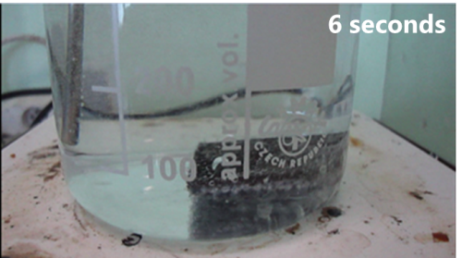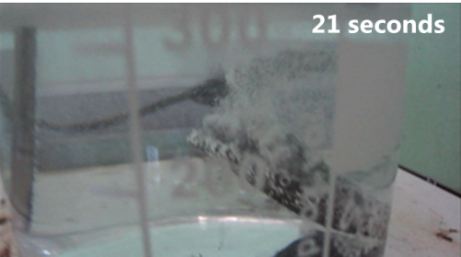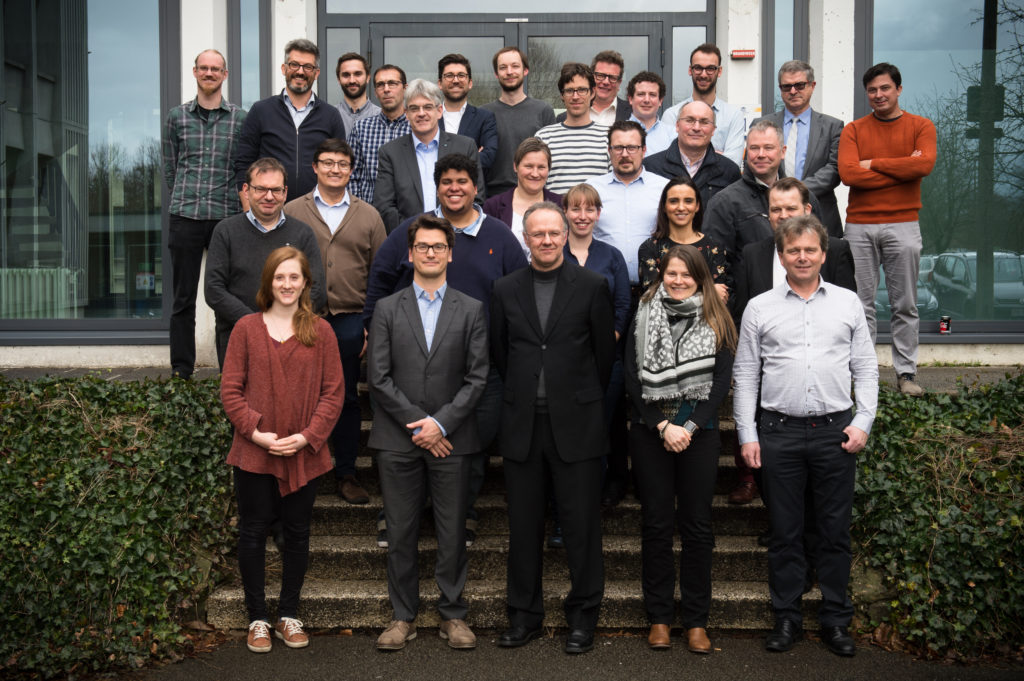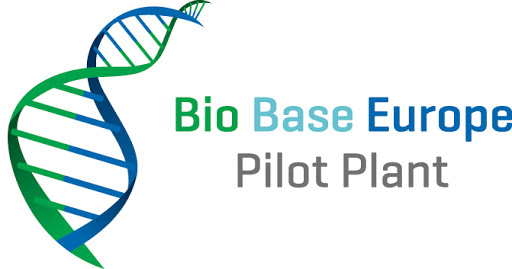True Recycling Upscaling of Flexible Packaging in the Plastics Circular Economy
Key innovative players in the packaging value chain are joining forces in the TRUCE project to develop new building blocks for highly functional, flexible packaging solutions as well as a lean recyclability protocol. The innovations pursued within this project, with respect to end-of-life of plastic packaging, are yet another important step towards a truly circular economy.
In a nutshell
Goal of the TRUCE project is, first of all, to develop new building blocks for highly functional, flexible packaging solutions that can be combined into fully recyclable mono-polyethylene (≥95% PE) structures.
The combined expertise of packaging design from Amcor, polyethylene production, design and recycling activities from Borealis, specialty additives from Eastman, adhesives from Bostik, packaging line and food product requirements from Puratos and recyclability testing and predictive modelling from Ghent University will result in new innovative packaging designs and bring certainty to the recyclability at both small and larger scale.
The first application testing will be performed at Puratos and will result in a proof of concept for these new recyclable flexible packaging structures. Ghent University will perform the life cycle assessment (LCA) study of the innovative packaging designs. Finally, the consortium is completed by spearhead cluster Flanders’ FOOD, which actively supports the project.
Recyclability protocol
TRUCE also seeks to develop a robust and targeted recyclability protocol, which is both lean and representative for the targeted recycling stream. This will, on the one hand, allow the project partners to do fact-based analyses of the improved recyclability of the newly developed structures at state-of-the-art recycling facilities. On the other hand, the protocol could align and integrate with existing evaluation systems, to bring the best of both worlds to industrial application and accelerate the implementation of recycling-ready structures into the market.
Impact
By involving a wide range of industrial partners throughout the value chain, TRUCE enables the testing of the developed structures on dedicated packaging lines at industrial scale, taking a critical step towards product testing in an operational environment and assuring functionality of the packaging towards the shelf-life performance of the packaged good. Life cycle assessment will help quantify the environmental sustainability performance of the new innovative packaging designs (with the building blocks of highly functional flexible packaging solutions) in particular applications. All in all, the results to be obtained by this project will represent yet another important step towards a truly circular economy.
Project Details
Project Partners
Goal of the TRUCE project is, first of all, to develop new building blocks for highly functional, flexible packaging solutions that can be combined into fully recyclable mono-polyethylene (≥95% PE) structures.
The combined expertise of packaging design from Amcor, polyethylene production, design and recycling activities from Borealis, specialty additives from Eastman, adhesives from Bostik, packaging line and food product requirements from Puratos and recyclability testing and predictive modelling from Ghent University will result in new innovative packaging designs and bring certainty to the recyclability at both small and larger scale.
The first application testing will be performed at Puratos and will result in a proof of concept for these new recyclable flexible packaging structures. Ghent University will perform the life cycle assessment (LCA) study of the innovative packaging designs. Finally, the consortium is completed by spearhead cluster Flanders’ FOOD, which actively supports the project.
Recyclability protocol
TRUCE also seeks to develop a robust and targeted recyclability protocol, which is both lean and representative for the targeted recycling stream. This will, on the one hand, allow the project partners to do fact-based analyses of the improved recyclability of the newly developed structures at state-of-the-art recycling facilities. On the other hand, the protocol could align and integrate with existing evaluation systems, to bring the best of both worlds to industrial application and accelerate the implementation of recycling-ready structures into the market.
Impact
By involving a wide range of industrial partners throughout the value chain, TRUCE enables the testing of the developed structures on dedicated packaging lines at industrial scale, taking a critical step towards product testing in an operational environment and assuring functionality of the packaging towards the shelf-life performance of the packaged good. Life cycle assessment will help quantify the environmental sustainability performance of the new innovative packaging designs (with the building blocks of highly functional flexible packaging solutions) in particular applications. All in all, the results to be obtained by this project will represent yet another important step towards a truly circular economy.
Project Details
| Project type: | COOP, intercluster with Flanders’ FOOD |
| Approved on: | 18/12/2020 |
| Duration: | 1/01/2021 – 31/12/2022 |
| Total budget: | €2.236.912 |
| Subsidy: | €1.170.153 |

